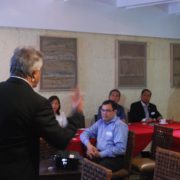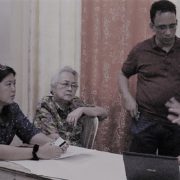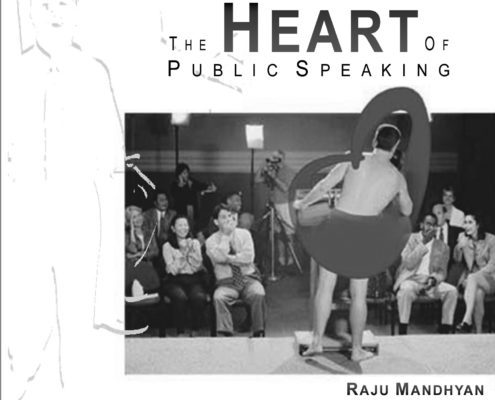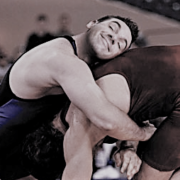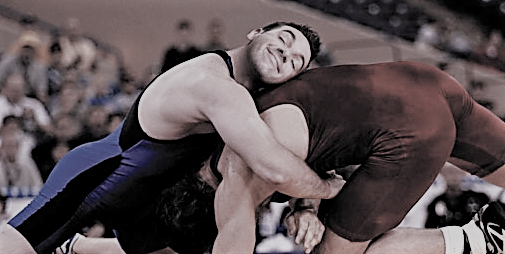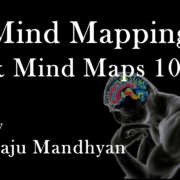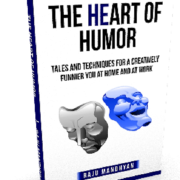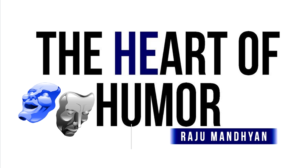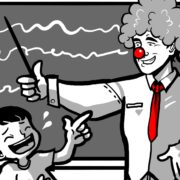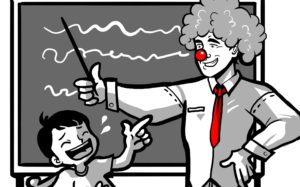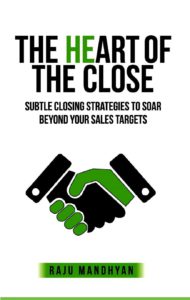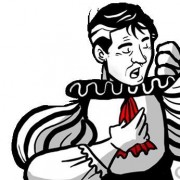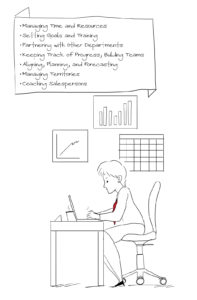Three Essentials to Authenticity
Talk about being authentic and, often you will hear this one: “We are in such a hurry to grow up, and then we long for our lost childhood. We make ourselves ill earning money, and then spend all our money on getting well again. We think so much about the future that we neglect the present, and thus experience neither the present nor the future. We live as if we were never going to die, and die as if we had never lived.” By Paulo Coelho
Most all our lives, we desperately struggle to find ourselves. We strive to live, and live out our lives exactly the way we want to but end up creating and living in contradictions. It is not that in the deepest of our hearts we do not know what we want. We do, but adapting and adjusting to a demanding world we let our true selves get corroded, get covered with gunk. Yet from deep within there is that being, that energy and that soul that yearns to fly, to go and grab a fistful of the sky and claim it as how own. 
In the history of mankind there have been a few who have flown so high and so purely in the skies of their own choosing. And, there are almost all of us who for scores of times in our lives have dug a window through that corrosion and that gunk that surrounds and made our presence felt. We have, at times, lived out our dreams and desires loudly and boldly. The question that arises is how do increase the frequency of these liberating moments and sustain them so that at the end of our days we can feel that, hey, I am ready to die because I have lived a full, fruitful and an authentic life. Inspired by an interview, I conducted of Dr. Peter Senge a few years ago, it struck me living an authentic life at work and in society when we:
Step Up: In all circumstances, especially the most challenging ones our options eventually get boiled down to just two. Should we take the well-treaded and safe path or should we step up and take the road less travelled. The roads less travelled, or the right decisions that will make us stand apart and away from others are always packed with risk but the person who steps up to the calling of his inner voice, scales up the mountains of authenticity. Yes, it takes courage to be authentic. Yes, it takes gumption to stand up, speak up and move towards what your heart, mind and soul tell you are the right things to say and do.
Step In: Daniel Goleman in his book, Focus, talks about how a bunch of preachers-to-be on the road to take up tests in compassion and kindness totally ignore a homeless person on the street asking for help. In their case, it was probably about lack of awareness but often in life, we prefer to stay away from trouble that doesn’t belong to us. In a highly interconnected world most everything does, in a way, belong to us. The other day, someone sent me a video of some folks torching the tongue of street dog. The thought in my mind was why would someone take a video of that and not stop the carnage? Or, when we see others dumping toxic waste and plastic into our rivers why don’t we step in. Stepping in into murky situations, if our conscience calls for it, is the authentic thing to do.
Stand Tall: Dr. Peter Senge in that interview, available on you tube, claims that the eye cannot see the eye. We don’t ever know what the objective reality is because our perceptions, our lenses towards the world are tinted with our biases, our own agendas. Some of these, surely, are unconscious but a large number of those stains on our glasses are of our own making and the cleaner our windows are to the world the better we see it and the taller and prouder we can walk. Coming from clarity and approaching situations conscientiously will allow us to be ourselves, walk and stand tall in a volatile, uncertain, changing and an ambiguous world. Said once my favorite childhood author, George Bernard Shaw, “Best keep yourself clean and bright; you are the window through which you see the world.”
Authenticity is not just honesty, it is not just being frank and outspoken but being authentic is being true to you inner calling moment after moment. It is about stepping up to challenges, stepping into situations where the right thing needs to be done and also keeping your values and your visions clean.
We live in a world that is constantly changing. We do not have to be the change because every breath we take, every though we think, every word we utter and every action that we take creates change. We do not need to apply force neither do we need to use undue power. We just live out our life with authenticity and gentle influence.
Raju Mandhyan
Author, Coach and Trainer
www.mandhyan.com Unleashing Inherent Excellence!
http://twitter.com/RajuMandhyan
http://www.mandhyan.com/insights/
http://www.youtube.com/user/RajuMandhyan

